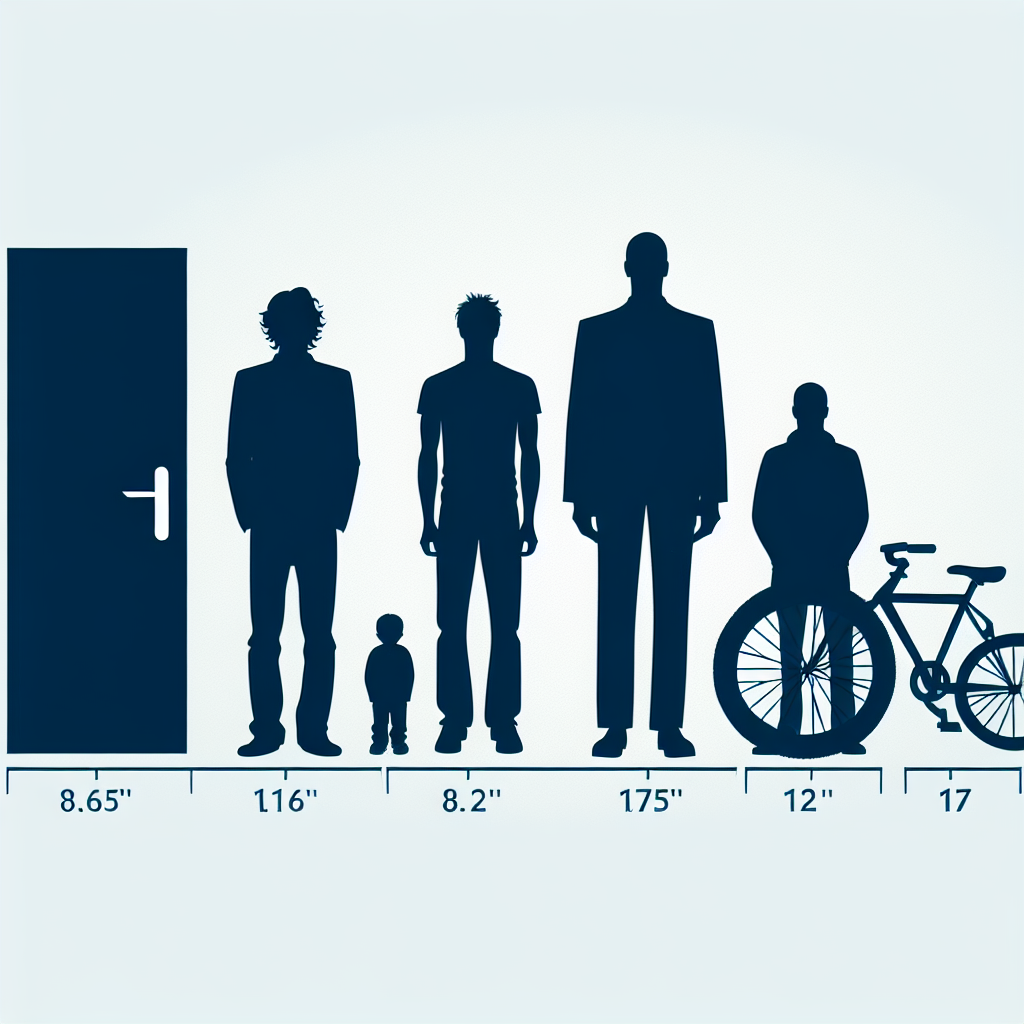Unlocking the Future: The Role of Sensors in Vehicles
As vehicles evolve, the integration of advanced sensor technologies is becoming increasingly prevalent. This article delves into the specific types of sensors in vehicles and how they enhance safety, efficiency, and the overall driving experience. Discover the answers to frequently asked questions regarding vehicle sensors and their impact on modern automotive technology.

The Importance of Sensors in Modern Vehicles
Sensors in vehicles play a crucial role in monitoring various parameters crucial to vehicle performance, safety, and functionality. As automobiles transition into the realm of autonomous driving and connectivity, understanding the various sensors becomes essential for both manufacturers and consumers alike.
What Types of Sensors are Found in Vehicles?
There are several types of sensors commonly found in modern vehicles, including:
- Temperature Sensors: These sensors monitor the temperature of the engine, coolant, and transmission, ensuring the vehicle operates efficiently and preventing overheating.
- Pressure Sensors: They measure the pressure in the tires, oil, and fuel systems. Low tire pressure sensors alert drivers to the need for air, while engine pressure sensors ensure optimal performance.
- Position Sensors: These sensors determine the exact position of various components, such as the throttle and crankshaft, providing critical data for engine management systems.
- Speed Sensors: These sensors measure the speed of the vehicle and its individual wheels, which are essential for traction control and anti-lock braking systems.
- Proximity Sensors: Used in parking assistance systems, these sensors detect nearby objects and assist in avoiding collisions.
- Light Sensors: These sensors adjust the vehicle’s headlights automatically based on ambient light conditions, improving visibility and safety.
- Camera Sensors: Integrated cameras provide visual data for advanced driver-assistance systems (ADAS), enabling features like lane-keeping and adaptive cruise control.
- Radar Sensors: These are essential for collision avoidance systems and adaptive cruise control, measuring the speed and distance of surrounding vehicles.
- Ultrasonic Sensors: Commonly used in parking assists, ultrasonic sensors identify distance to obstacles, aiding in safer parking maneuvers.
How Do Sensors Improve Vehicle Safety?
Safety is one of the primary benefits of vehicle sensors. For example, blind-spot monitoring sensors can detect vehicles that may not be visible in the driver’s mirrors, providing alerts that help prevent accidents during lane changes. Additionally, emergency braking systems rely on various sensors to detect imminent collisions and automatically apply brakes to avoid or mitigate accidents.
What Role Do Sensors Play in Fuel Efficiency?
Sensors significantly enhance fuel efficiency by optimizing engine performance. For instance, oxygen sensors monitor the air-fuel mixture in the combustion chamber, ensuring that engines run at maximum efficiency. Tire pressure sensors alert drivers when tires are underinflated, which can lead to increased fuel consumption. By maintaining proper tire pressure and monitoring engine performance through various sensors, drivers can improve their vehicle's fuel economy.
Can Sensors Assist with Autonomous Driving?
Indeed, sensors are the backbone of autonomous driving technology. A combination of radar, lidar, and camera sensors gives autonomous systems a comprehensive view of their environment. For a vehicle to navigate safely without human intervention, it must accurately perceive obstacles, road conditions, and traffic signals. Advanced algorithms process input from these sensors, enabling vehicles to make real-time decisions that enhance safety and maneuverability.
What Maintenance is Required for Vehicle Sensors?
Maintaining sensors is crucial for ensuring their functionality. Here are some tips:
- Regular Inspections: Schedule inspections as part of routine vehicle maintenance to check if sensors are functioning correctly.
- Keep Sensors Clean: Dirt and debris can obstruct sensors, especially camera and radar sensors. Regularly clean them to maintain their accuracy.
- Update Software: Keep the vehicle’s software up-to-date, as manufacturers often release updates to enhance sensor features and performance.
What Are the Challenges of Sensor Technology in Vehicles?
Despite their numerous advantages, sensors in vehicles face several challenges:
- Environmental Factors: Sensors can be affected by extreme weather conditions, such as fog, rain, and snow, which can hinder their performance.
- Interference: External electromagnetic interference can affect sensor accuracy, particularly in densely populated urban areas.
- Integration Issues: Coordinating data from multiple sensors can present challenges, particularly as vehicles become more advanced and reliant on these technologies.
Future Trends: The Next Generation of Vehicle Sensors
The future of sensors in vehicles promises even more innovation. With the advent of technologies like Vehicle-to-Everything (V2X) communication, vehicles may soon be able to share sensor data with each other and infrastructure, improving safety and traffic management. Additionally, advancements in sensor miniaturization and AI will likely enhance sensor capabilities and efficiency.
Conclusion
Sensors in vehicles are not just tools; they are integral components that enhance safety, fuel efficiency, and the overall driving experience. As the automotive industry continues to evolve towards greater automation and connectivity, staying informed about the role and types of sensors will enable consumers to make better purchasing decisions. Embrace the future of driving by understanding and appreciating the technology that powers modern vehicles.
New posts

Everything You Need to Know About Battery as a Service (BaaS)
Sustainability

Exploring NIO Sports Cars: Performance, Technology, and Future Prospects
Automotive

Trends in Mobility: A Forward-Looking Approach to Transportation Innovation
Innovation







Popular posts

Smart Device Integration in Cars: Revolutionizing the Driving Experience
Innovation

Exploring the Future of E Automobiles: Questions Answered
Sustainability

Unlocking the Future: The Role of Sensors in Vehicles
Automotive Technology

Exploring the Electric Coupe: A New Era of Performance and Style
Sustainability

How Much is the AVTR Car? A Comprehensive Cost Analysis
Mercedes-Benz

Understanding NIO AD: Revolutionizing Autonomous Driving
Automotive

Revolutionizing Mobility: The Latest Breakthroughs in New Electric Car Battery Technology
Sustainability

Harnessing Solar Power: The Revolutionary Impact of Solar Roofs on Cars
Sustainability

The Future of E-Fuel Gasoline: Revolutionizing Transportation
Sustainability

Exploring Intelligent Driving: Key Questions and Insights
Transportation Innovation